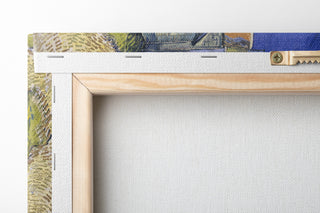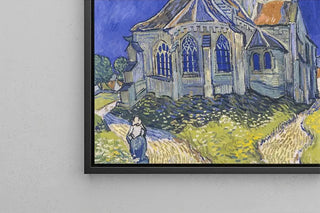Art print Fauna japonica Pl159 - Philipp Franz Balthasar von Siebold


View from behind

Frame (optional)
Fauna Japonica Pl159: an ode to Japanese biodiversity
The art print Fauna Japonica Pl159 immerses us in a universe where nature flourishes with infinite delicacy. The meticulous details of the animal species, rendered with remarkable precision, capture the very essence of Japanese fauna. The vibrant colors, ranging from deep greens to earthy tones, create a lively and immersive atmosphere. Each element of the composition seems to tell a story, inviting the viewer to explore the wonders of nature. The engraving and watercolor techniques used by the artist give this work a lightness and fluidity that evoke the ephemeral beauty of Japanese landscapes.
Philipp Franz Balthasar von Siebold: a pioneer of scientific exploration
Philipp Franz Balthasar von Siebold, a 19th-century German doctor and naturalist, played a crucial role in the study of Japanese biodiversity. Arriving in Japan in 1823, he dedicated his life to observing and documenting local species, becoming one of the first to introduce this knowledge to Europe. His work, Fauna Japonica, is the result of his passionate research and encounters with Japanese culture. By combining art and science, Siebold captured the essence of the archipelago's fauna while influencing artists and scientists of his time. His legacy endures, testifying to the importance of meticulous observation in understanding the natural world.
A decorative acquisition with multiple assets
Choosing the art print Fauna Japonica Pl159 means selecting a decorative piece that will enrich your interior. Whether in a living room, office, or bedroom, this artwork adds a touch of elegance and serenity. Its printing quality guarantees fidelity to the original details, allowing you to fully enjoy the beauty of the work. The aesthetic appeal of this canvas lies in its ability to spark curiosity and stimulate conversations. By integrating this art print into your decor, you offer your space a natural and soothing atmosphere, while paying tribute to the richness of Japanese biodiversity.

Matte finish

View from behind

Frame (optional)
Fauna Japonica Pl159: an ode to Japanese biodiversity
The art print Fauna Japonica Pl159 immerses us in a universe where nature flourishes with infinite delicacy. The meticulous details of the animal species, rendered with remarkable precision, capture the very essence of Japanese fauna. The vibrant colors, ranging from deep greens to earthy tones, create a lively and immersive atmosphere. Each element of the composition seems to tell a story, inviting the viewer to explore the wonders of nature. The engraving and watercolor techniques used by the artist give this work a lightness and fluidity that evoke the ephemeral beauty of Japanese landscapes.
Philipp Franz Balthasar von Siebold: a pioneer of scientific exploration
Philipp Franz Balthasar von Siebold, a 19th-century German doctor and naturalist, played a crucial role in the study of Japanese biodiversity. Arriving in Japan in 1823, he dedicated his life to observing and documenting local species, becoming one of the first to introduce this knowledge to Europe. His work, Fauna Japonica, is the result of his passionate research and encounters with Japanese culture. By combining art and science, Siebold captured the essence of the archipelago's fauna while influencing artists and scientists of his time. His legacy endures, testifying to the importance of meticulous observation in understanding the natural world.
A decorative acquisition with multiple assets
Choosing the art print Fauna Japonica Pl159 means selecting a decorative piece that will enrich your interior. Whether in a living room, office, or bedroom, this artwork adds a touch of elegance and serenity. Its printing quality guarantees fidelity to the original details, allowing you to fully enjoy the beauty of the work. The aesthetic appeal of this canvas lies in its ability to spark curiosity and stimulate conversations. By integrating this art print into your decor, you offer your space a natural and soothing atmosphere, while paying tribute to the richness of Japanese biodiversity.
12,34 €






